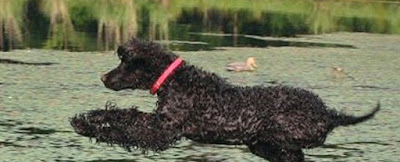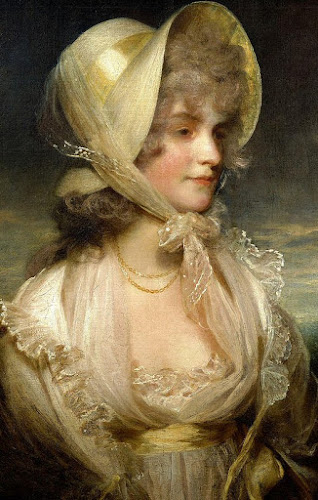As we draw near the final holidays of the year, many of us are stressing for a variety of reasons. Some are personal; others may be related to the pandemic, jobs, children and more. So, what do we do? If I think about the Danish attitude of "hygge" and their beliefs in how to deal with winter, I'm finding some comfort in that set of beliefs. That we should embrace winter and, to the best of our abilities, find solace and comfort in the quiet winter months.
Easy for some; more difficult for others.
Let's start with the simple things we can control. The small details of daily life. One thing. One day at a time.
Here's my first effort. Comfort. I'm all about comfort -- to stay snug, to enjoy a good book and a glass of wine by the fire. No fireplace? Lots of candles, then! My daughter has been recycling old, used candles, melting down the wax, adding store-bought wax melts and a wick. We've all been saving empty jam jars, salsa jars and such so she can do her magic. And some of her mixes have been quite amazing! But light is important. Whether it's a fireplace or a bank of candles on your coffee table, it helps. The glow of a single candle flame makes a difference, symbolizing hope and home, I believe. But now that the sun sets at about 4:30pm, light makes a difference. Experiment. Add a mirror or two throughout your rooms as they reflect more light.
And what's the recipe for today's posting? The dreaded mince pie! So many people still think that mince pies include meat. Ugh. That was the case years and years ago, but today mince pie is somewhat like fruitcake (without the weight). Here's a quick history of mince pie:
For us here in the states, the mince pie probably came over with our ancestors, predominately from northern European countries. But where did it originate? Best theory is that the European crusaders brought back many of the cooking traditions from the Middle East where meat, spices and fruit were often cooked together. Today in the UK, over 3 million mince pies are consumed yearly. But here on this side of the Great Pond, they're harder to find. This year I could not find a mince pie to save my life, which made me sad. My dad and I always looked forward to that spicy concoction at Thanksgiving, eschewing the more popular pumpkin pie. My dad was of Scottish and Irish descent, so I suppose that's where his love of minc pie came from.
Possible Recipes to try:
*Pillsbury: This one cuts the time with prepared pie crusts!
Happy Hygge Eating!


























.png)
